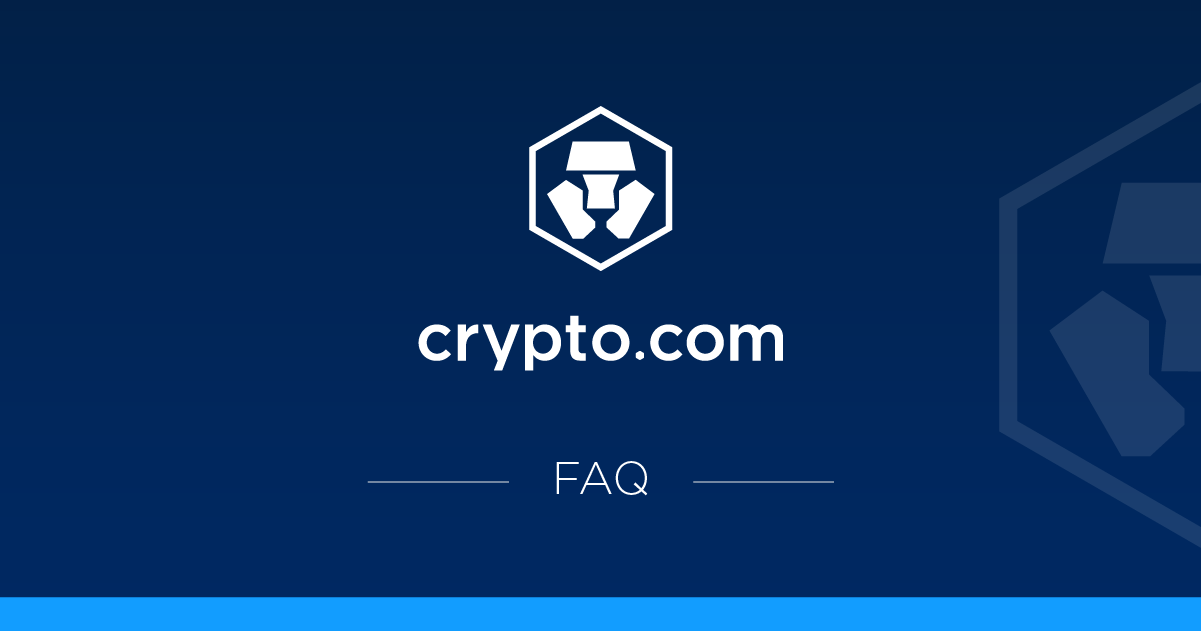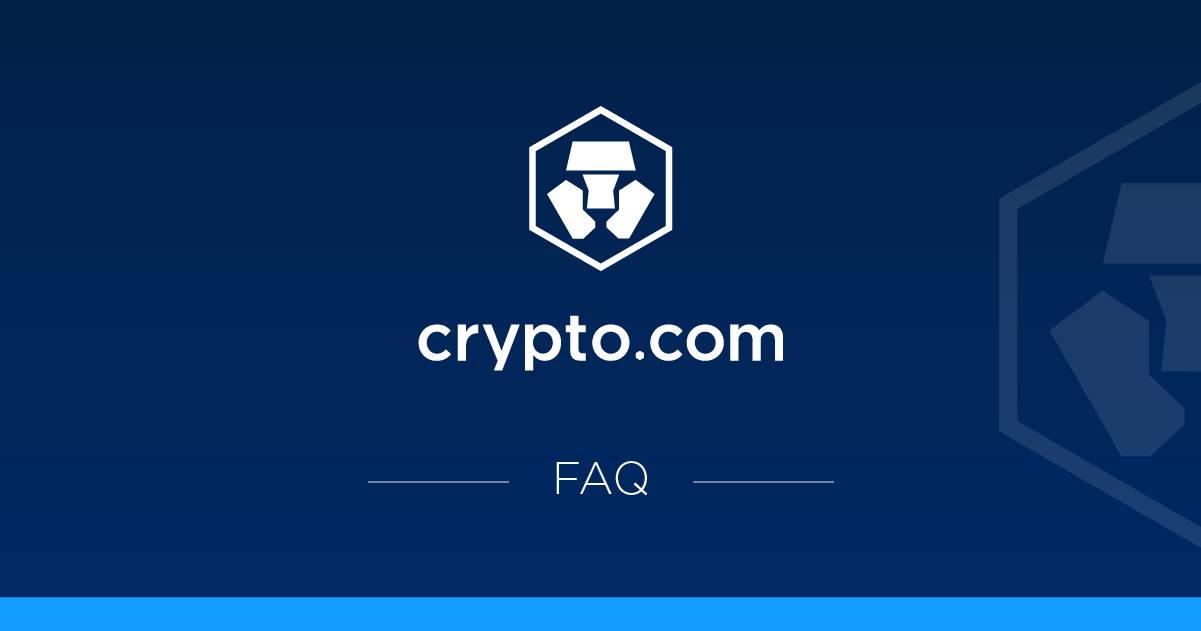Introduction to management
Introduction to management will cover the basics of what it's all about. Management is what most people are trying to do every single day in order to achieve a certain directive or goal, but the fact is we always do it wrong. Today, therefore, we go through small details that can help us understand the concept more clearly.
What is management?
According to Katz (1955), he defined management as the act of directing a group or organization through a series of executive, administrative and supervisory positions.
According to Baker (2014), he defines management as translating strategies into operations.
In simpler terms, management is the act of putting people together into a team in order to achieve a certain goal or accomplish a certain target using efficiently and effectively the resources available. As organizations are viewed as systems, then management is considered as human actions, including design in order to ease the production of useful resources from this system.
Management activities include Purchasing in the organization, Recruitment, Accounting, handling emergencies, sales, training, planning, Negotiation and satisfying various entities.
Levels of management
Therefore, In any organization, there is a need for a hierarchy of management from the lowest to the topmost management level. These dictate the authority and the importance of each person in the organization.
Top level management
This is mainly composed of the board of directors, president, Vice president, Chief Executive Officer, among others. The major role of this level is controlling and overseeing the departments in the organization. They sit to deliberate and develop the strategic plans, goals and different policies that will enable the smooth running of the organization. More so, they are responsible for making the decisions that will give direction to the organization as well as mobilize external resources for the organization.
The middle-level management
At this level, we shall see positions such as that of the general manager, the assistant general manager, branch managers, department managers and so on. These people are dependable to the top management for direction. Nevertheless, their roles include executing plans from top management and ensuring that organizational policies have been followed in detail. They are the communication channel and are responsible for communicating decisions and policies passed by top management. But their major role is to motivate and inspire their subordinates in order to achieve better performance.
The first level management
These are your supervisors, foremen, et.c their major focus is controlling and directing the management functions. This involves assigning and tasks and jobs to different employees, guide employees on a day to day basis and assess the quality and quantity of the company’s product. They also communicate employee challenges and suggestions to their superiors.
This level is concerned with maintaining the image of the company since they are always the ones with direct contact with the organization employees.
The 4 main functions of management
1. Planning,
This function involves the management capable control of the whole planning process in order to enable the organization to run smoothly. It involves identifying a goal and developing the necessary strategies or actions that will enable the team to achieve that goal. This process involves understanding the organization vision, mission objectives and goals in order to progress further.
Planning must hold on to the element of flexibility since the planner has to make sure that all parties involved from top to bottom are at per. The planner should also be very conversant with the available resources to them in order to determine the best course of action.
2. Organizing
This is the organizing of the whole organization functioning structure. An organization structure in the company is its pillar. Without a streamlined structure in an organization, the day-to-day functionality in an organization becomes very difficult.
Organization involves, deciding who does what? Depending on who has what skills? The delegation of power, Separating the organization into functioning departments and the most important of them all it involves the structuring f the chain of command in the organization. This helps in informing everybody involved who reports to whom?
3. Leading
This involves leading others into the best direction for the efficient and smooth running of the organization. According to personality research and studies were done on job attitude, they give a clear picture of how a manager can lead others effectively. The reports show that in order for a manager to be effective in his leadership role, he must understand his subordinates, their personalities, emotions, values, and attitudes.
Motivation studies support the fact that for an efficiency in any people management centred organization, a manager should be an effective and persuasive communicator and Leadership and leadership style surveys have supported this.
4. Controlling
This function of management involves the establishment of standards-based upon setting up objectives, the measurement, and reporting of performance, correction, and prevention and directing behaviour, the policy that is needed for proper organizational functionality.
Management is a vital element of any effective functionality of an organization. Therefore, frequent occurrences, of mismanagement in an organization are detrimental to an organization performance and result lifespan.
Introduction To Management Conclusion
There is much more to Management than meets the eye. If you are planning on taking your career to the next level and becoming a part of management than you should undoubtedly check out this interactive online course: Introduction To Management









